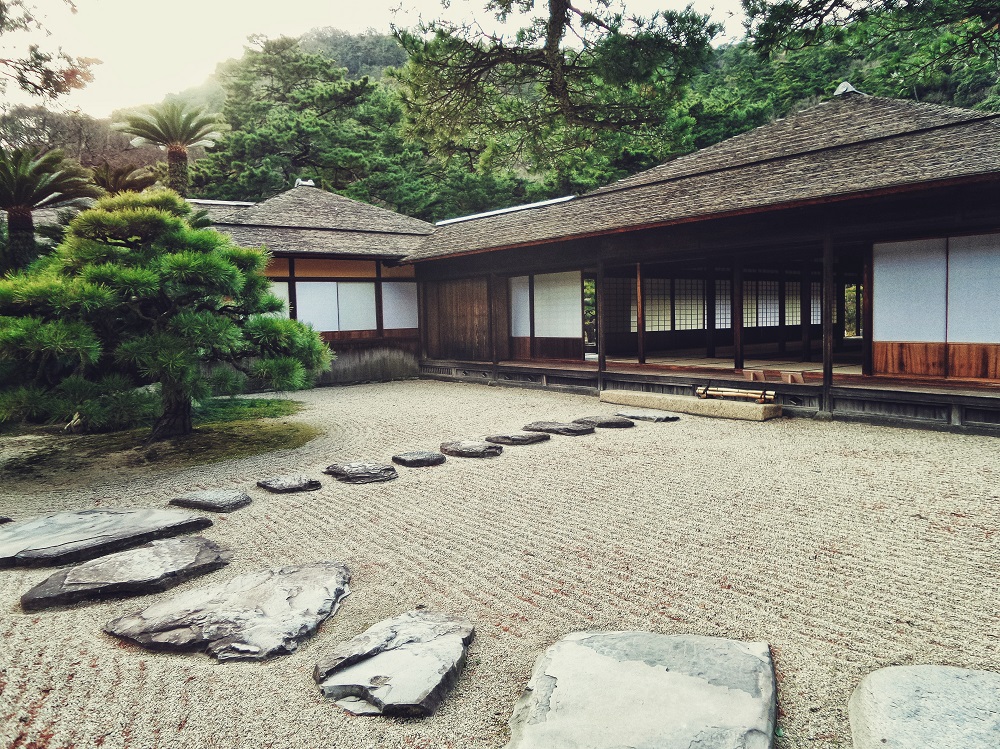The Utah snow can be hard on your concrete surfaces, such as walkways, driveways or parking lots. You can sustain damage to these surfaces in various ways. The extreme cold often leads to concrete contracting, leading to the formation of cracks. Parts of your concrete may suffer from scaling as a result.
The cracks can be further worsened by thawing ice, and can lead to the formation of bubbles in the concrete. The cracks are most likely to form during the winter, eventually leading to your concrete platform caving in.
Here are some things you can do to ensure that your concrete walkways are safe during the winter. This will prevent injuries and potential lawsuits.
Make sure that there are no bumps or dips
Some common problems, such as cracks and potholes, can be easily fixed if you know how to carry out concrete repairs. You will benefit from carrying out repairs ahead of time before the first snow of the year comes in. Fall is the perfect time to start. If cracks are forming, you need to repair and seal these.
Ice forming in these cracks can make them much worse. You can repair them by patching over the cracks. If there are large holes, it may be better to carry out mud jacking in your Ogden home. Professionals can help you do this. You can also attempt it yourself in small areas.
The process involves drilling into the concrete and pumping in cement to fill in any voids. Leveling out your concrete will ensure no one trips due to sudden bumps or dips.
Clean the walkway or path regularly
During the fall, leaves can accumulate on the concrete and decompose. This can make it slippery and unsafe. Make sure to leave the rakes regularly so that they don’t get a chance to rot. You should also clear snow immediately after a snowfall so that it does not get a chance to ice over.
Don’t plant trees with extended shallow root systems next to walkways. These roots can raise the concrete and cause it to crack.
Use a sealant
Cracked concrete can lead to people getting hurt. Protect your concrete from common problems caused by ice and dirt, always apply a concrete sealant on your walkways. You should use a penetrating sealer for walkways, as they get outdoor exposure.
This will prevent water and chemicals from de-icers from seeping into your concrete. For outdoor use, you can also use a polyurethane sealing layer, which is thick and sturdy but quick to dry.
Use a safe de-icer

Though it’s important to use a de-icer to keep your walkways safe, remember that the chemicals they contain can be harmful to concrete. To preserve the life of your walkway, use a de-icer that does not contain salts. Salts can aggravate ice formation in the pores of the concrete by also forming crystals.
You can also try out natural methods of increasing traction such as wood chips or gravel.
Maintaining the safety of concrete walkways is of utmost importance during a snowy winter. Slipping on ice, though common, can cause serious injuries.


